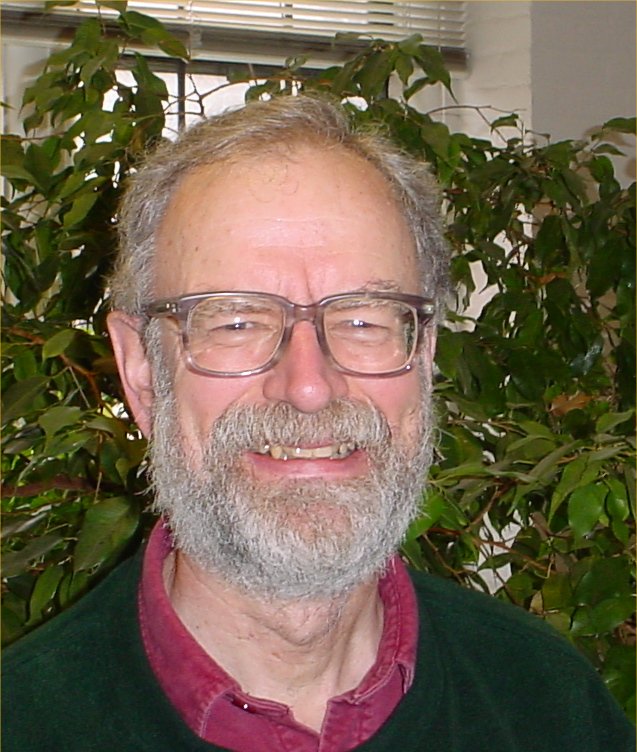
Andrew Casson
60 years: 22 January 2003
Andrew Casson has had an enormous influence on geometric topology, making
fundamental contributions to the theory of n-dimensional manifolds over the
course of his career for steadily decreasing values of n.
In the period 1966-70 he was one of the leading actors in the dramatic
developments that were taking place in higher-dimensional manifold topology
(n>=5). In 1967 he proved the first general positive result on the
Hauptvermutung, simultaneously with Dennis Sullivan. Around the same time he
gave the classification of fake tori (this was also done, independently, by
Hsiang-Shaneson and by Wall), which was central to the Kirby-Siebenmann
triangulation program. In the early 1970's he turned his attention to dimension
4. Here, he introduced his famous Casson handles and used them to prove the
existence of exotic smooth non-compact 4-manifolds. These Casson handles formed
the basis of Mike Freedman's later work on topological 4-manifolds, in
particular his proof of the (topological) 4-dimensional Poincare Conjecture. In
1974-75 Casson and Gordon showed that the classical knot concordance group is
larger than its higher-dimensional analogs. In 1984 Casson defined what is now
called the Casson invariant of a homology 3-sphere, and used it to show that
the Rohlin invariant of a homotopy 3-sphere is zero. In the early 1990's, he
made another important contribution to 3-dimensional topology by proving, with
Jungreis, that an irreducible 3-manifold whose fundamental group contains an
infinite cyclic normal subgroup is Seifert fibered. (This was also proved by
Gabai.) Casson's introduction (with Gordon) of strongly irreducible Heegaard
splittings, and his work on normal surfaces in 3-manifolds, have also been very
influential in 3-dimensional topology.
Casson's work has been remarkable for its breadth as well as its depth, and he
is equally at home with geometric and algebraic arguments. Also, no account of
his career would be complete without mentioning his skill as an expositor. His
lectures are legendary for their clarity; indeed it is well-established
principle in topology that the best way to really understand something is to
persuade Andrew to give a graduate course on it.
Andrew Casson spent the early part of his career at Trinity College, Cambridge,
first as an undergraduate (he received his BA in 1965), then as a Research
Fellow (1967-71), and Lecturer (1971-81). He was Professor of Mathematics at
the University of Texas at Austin from 1981-86, at the University of California
at Berkeley from 1986-99, and has been at Yale University since 2000. He was
awarded the Veblen Prize in Geometry by the American Mathematical Society in
1991, and was elected to a Fellowship of the Royal Society in 1998.
The present volume arose out of two events that took place in 2003: the 28th
University of Arkansas Spring Lecture Series, April 10-12, at which Andrew was
the principal lecturer, and the Conference on the Topology of Manifolds of
Dimensions 3 and 4, which was held at the University of Texas at Austin from
May 19-21, in honor of Andrew's 60th birthday. The first was attended by over
120 participants, the second by over 150, showing clearly the high esteem in
which Andrew is held by the topological community. We are pleased and honored
to dedicate these proceedings to him.
One final note. Andrew's PhD advisor was Terry Wall, although the reader will
observe that there is no mention above of Andrew actually getting a PhD: in
characteristic style, what might have been Andrew's PhD thesis was never
submitted as such, but instead became his Trinity Fellowship dissertation.
However, this omission was rectified at the Austin conference, where Andrew
Ranicki presented Andrew with a "PhD" certificate, signed by all the
participants.
Cameron Gordon and Yo'av Rieck
Austin and Fayetteville, 2005
Contents of the Casson Fest Volume

